It’s #EarthDay2021, and an important moment to reflect on the beauty of our planet—and the dire climate emergency it faces today. This Earth Day roundup brings together books to inform, inspire, and remind us how remarkable our planet truly is.
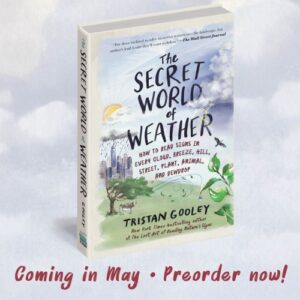 Publishing May 25, The Secret World of Weather is master outdoorsman and New York Times–bestselling author Tristan Gooley’s entry into all things weather—encompassing the most astonishing collection of weather signs ever assembled! For example, did you know that the more kinds of clouds you can spot, the worse the forecast? If you see many different cloud types, it means that the atmosphere is unstable—which increases the likelihood for bad weather.
Publishing May 25, The Secret World of Weather is master outdoorsman and New York Times–bestselling author Tristan Gooley’s entry into all things weather—encompassing the most astonishing collection of weather signs ever assembled! For example, did you know that the more kinds of clouds you can spot, the worse the forecast? If you see many different cloud types, it means that the atmosphere is unstable—which increases the likelihood for bad weather.
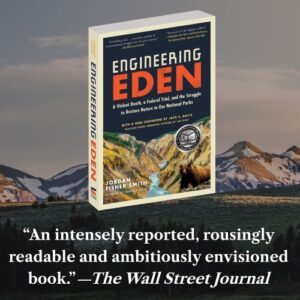
Engineering Eden by Jordan Fisher Smith is the award-winning story of the century-and-half-long attempt to control nature in the American wilderness, told through the prism of a tragic death at Yellowstone. Moving across decades and among Yellowstone, Yosemite, Glacier, and Sequoia National Parks, author and former park ranger Smith has crafted an epic, emotionally wrenching account of America’s fraught attempt to remake Eden—in the name of saving it.
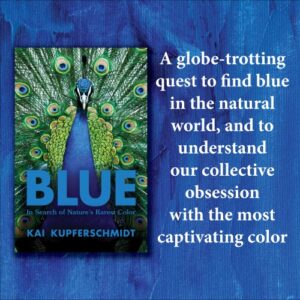
Search human history and you’ll quickly conclude that we’ve been enamored of blue at least since the pharaohs. So, it’s startling to turn to the realms of nature and discover that “true” blue is truly rare. From the rain forest’s morpho butterfly to the blue jay flitting past your window, few living things are blue—and most that appear so are performing sleight of hand with physics or chemistry. Blue by Kai Kupferschmidt is a globe-trotting quest to find blue in the natural world—and to understand our collective obsession with this captivating color.
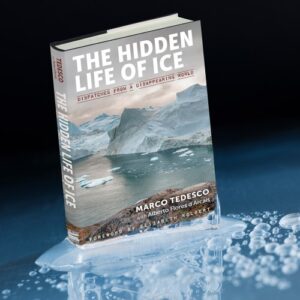
For most of us, the Arctic is a vast, alien landscape; for research scientist Marco Tedesco, it is his laboratory, his life’s work—and the most beautiful, most endangered place on Earth. The Hidden Life of Ice follows the arc of his typical day in the field in Greenland, where he unearths the surprising secrets just beneath the icy surface—from evidence of long-extinct “polar camels” to the fantastically weird microorganisms that live in freezing cryoconite holes—as well as critical clues about the future of our planet.
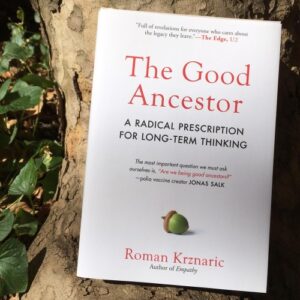
The most important question we must ask ourselves is, “Are we being good ancestors?” So said Jonas Salk, who developed the polio vaccine in 1953 but refused to patent it—forgoing profit so that more lives could be saved. Salk’s radical generosity to future generations should inspire us. But when leading philosopher Roman Krznaric examines society today, he sees just the opposite: Our short term, exploitative mindsets have “colonized the future.” In The Good Ancestor, Krznaric reveals six practical ways we can retrain our brains to think of the long view—and to save our planet.
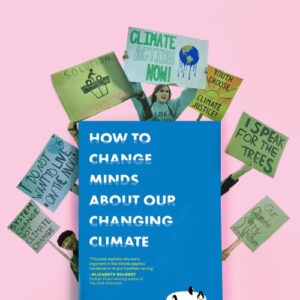
In our post-truth world, there’s only one place to turn to if we want to live in reality: science. And the research on climate change is clear: It’s real, it threatens us all, and human activity is the primary cause. How to Change Minds About Our Changing Climate is the essential handbook to dismantle all the most pernicious misunderstandings spread by deniers and replaces them with the truth. Faced with an imperiled planet that we must urgently work to save, we don’t have time for anything else.
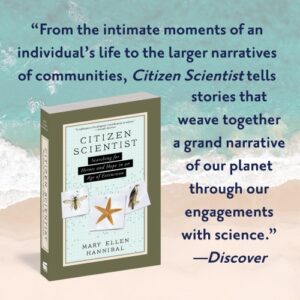
Award-winning writer Mary Ellen Hannibal has long reported on scientists’ efforts to protect vanishing species, but it was only through citizen science that she found she could take action herself. As she wades into tide pools, spots hawks, and scours mountains, she discovers the power of the heroic volunteers who are helping scientists measure—and even slow—today’s unprecedented mass extinction. Citizen science may be the future of large-scale field research—and our planet’s last, best hope.


